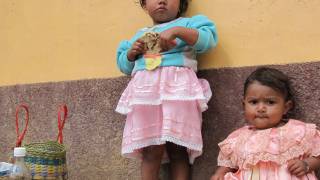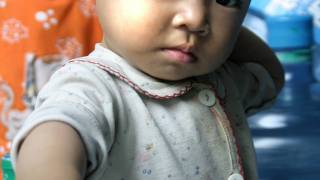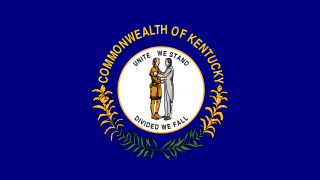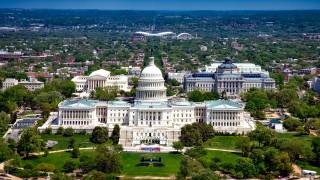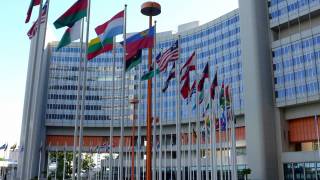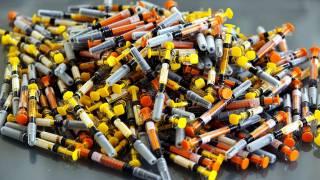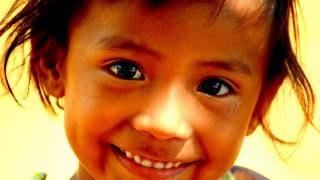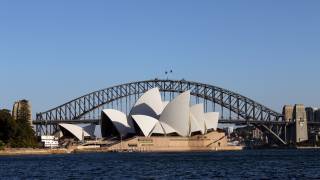Was Texas Governor Abbott’s Vaccine ‘Yellow Card’ Verified Prior to India Trip?
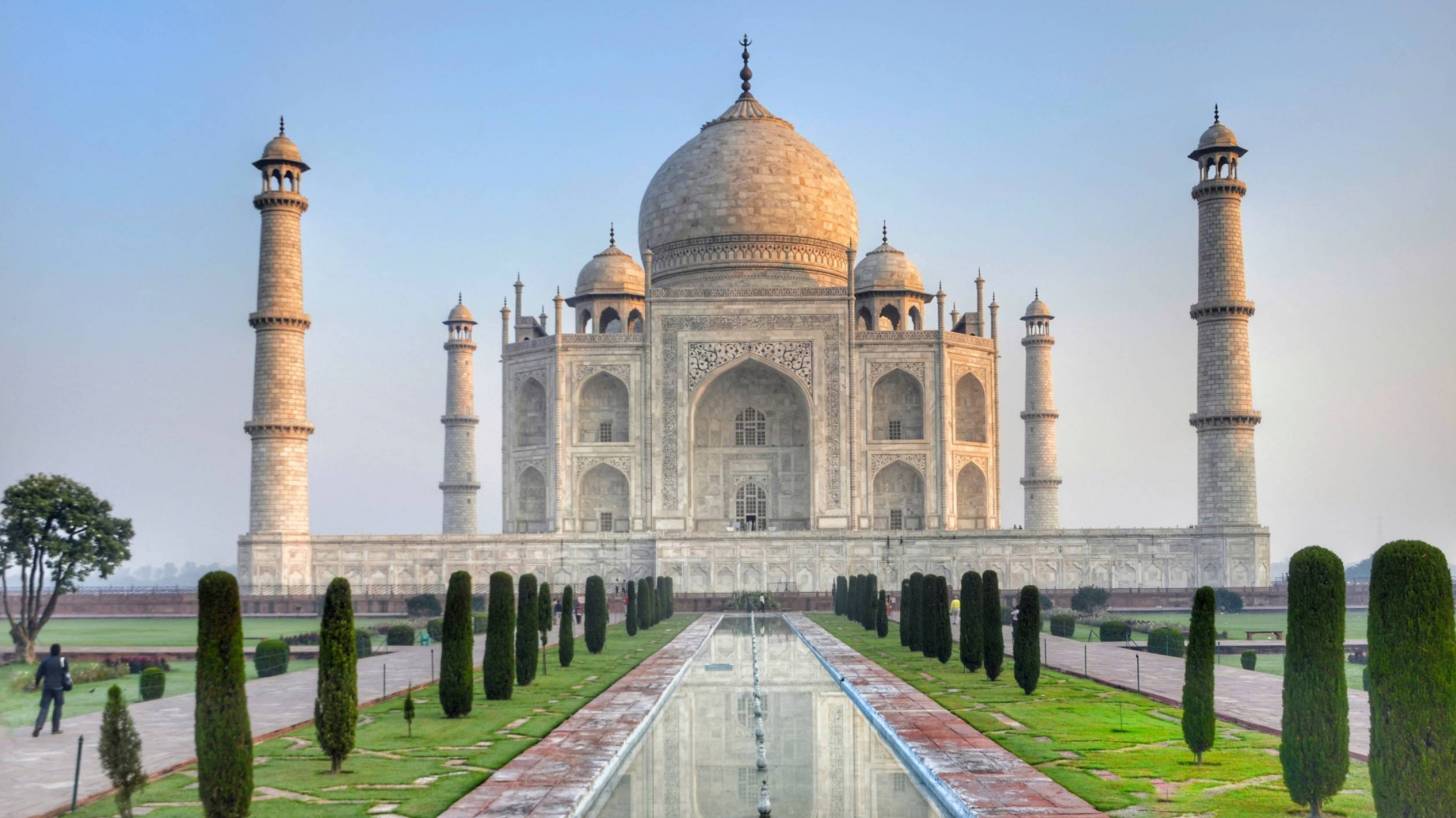
The state of Texas has a long history of collaborating with India, the world's largest democracy.
From a ranking perspective, India accounts for 18 percent of the world’s population and has the 7th largest economy in terms of total gross domestic product.
Texas and India have various existing relationships, including two Texas universities led by Indian Americans; Renu Khator, chancellor of the University of Houston system, and Vistasp Karbhari, president of the University of Texas at Arlington.
And, in only 20 hours, Texans can easily fly to India to enhance international commerce relationships.
During 2017, India’s Prime Minister Narendra Modi, traveled to the United States to discuss the economic advancement of India.
Which is why Texas Governor Greg Abbott launched a 9-day international trade mission to Mumbai, Bengaluru, Agra, and New Delhi.
"It's not just the exchange of goods that connects the people of India and Texas," said Governor Abbott. "The values that we share are founded on family, faith, commitment to our communities, and hard work."
Hopefully, Governor Abbott had his vaccine ‘Yellow Card’ verified by a healthcare provider prior to departure.
This concern is based on India’s unfortunate leadership in Neglected Infectious Diseases (NTD). India experiences the world’s largest absolute burden of at least 11 major NTDs.
NTDs are a diverse group of communicable diseases that prevail in tropical and subtropical conditions in 149 countries.
Moreover, NTDs affect more than one billion people and cost developing economies billions of dollars every year.
According to new research led by Dr. Peter J. Hotez, with the Texas Children’s Hospital Center for Vaccine Development, National School of Tropical Medicine, Baylor College of Medicine, India accounts for nearly 50 percent of the world’s prevalent cases of leprosy, visceral leishmaniasis, dengue and visual impairment from trachoma.
India also accounts for approximately 30 percent of the prevalent cases of leprosy, lymphatic filariasis, cysticercosis, and incident cases of rabies.
The good news is that in recent years India has made important progress towards controlling and the elimination of vector-borne diseases and NTDs, reports Dr. Hotez.
The World Health Organization estimated that in 2015, approximately 150 million Indian children received mass treatment.
For those who travel to India from the USA, the Centers for Disease Control and Prevention (CDC) suggest checking your immunization status for these diseases at least 4-6 weeks before departing on your trip.
- Routine vaccinations: measles-mumps-rubella, diphtheria-tetanus-pertussis, varicella (chickenpox), polio, and influenza vaccines.
- Most travelers: Hepatitis A and Typhoid vaccines
- Some travelers: Cholera, Hepatitis B, Malaria, Japanese Encephalitis
In the USA, leading pharmacies offer travel vaccines and counseling services, according to the National Community Pharmacist Association.
The CDC Vaccine Price List provides the private sector vaccine prices for general information, and various vaccine discounts can be found here.
Vaccines, like any medicine, can have side effects, says the CDC. You are encouraged to report negative side effects of vaccines to the FDA or CDC.
Our Trust Standards: Medical Advisory Committee
- Governor Abbott Kicks Off Business Development Mission In India
- India’s neglected tropical diseases
- Neglected tropical diseases
- Vaccines and Medicines
- The First Comprehensive Estimates and Trends of Disease Burden and Risk Factor for Every State of India Released
- Spatial heterogeneity in projected leprosy trends in India
- First made-in-India dengue vaccine candidate protects against all 4 strains
- Global, regional, and national incidence, prevalence, and years lived with disability for 328 diseases and injuries for 195 coun
- Governor Abbott Promotes Texas Economy, Touts India Relationship At Rotary Club Of Bombay Address





